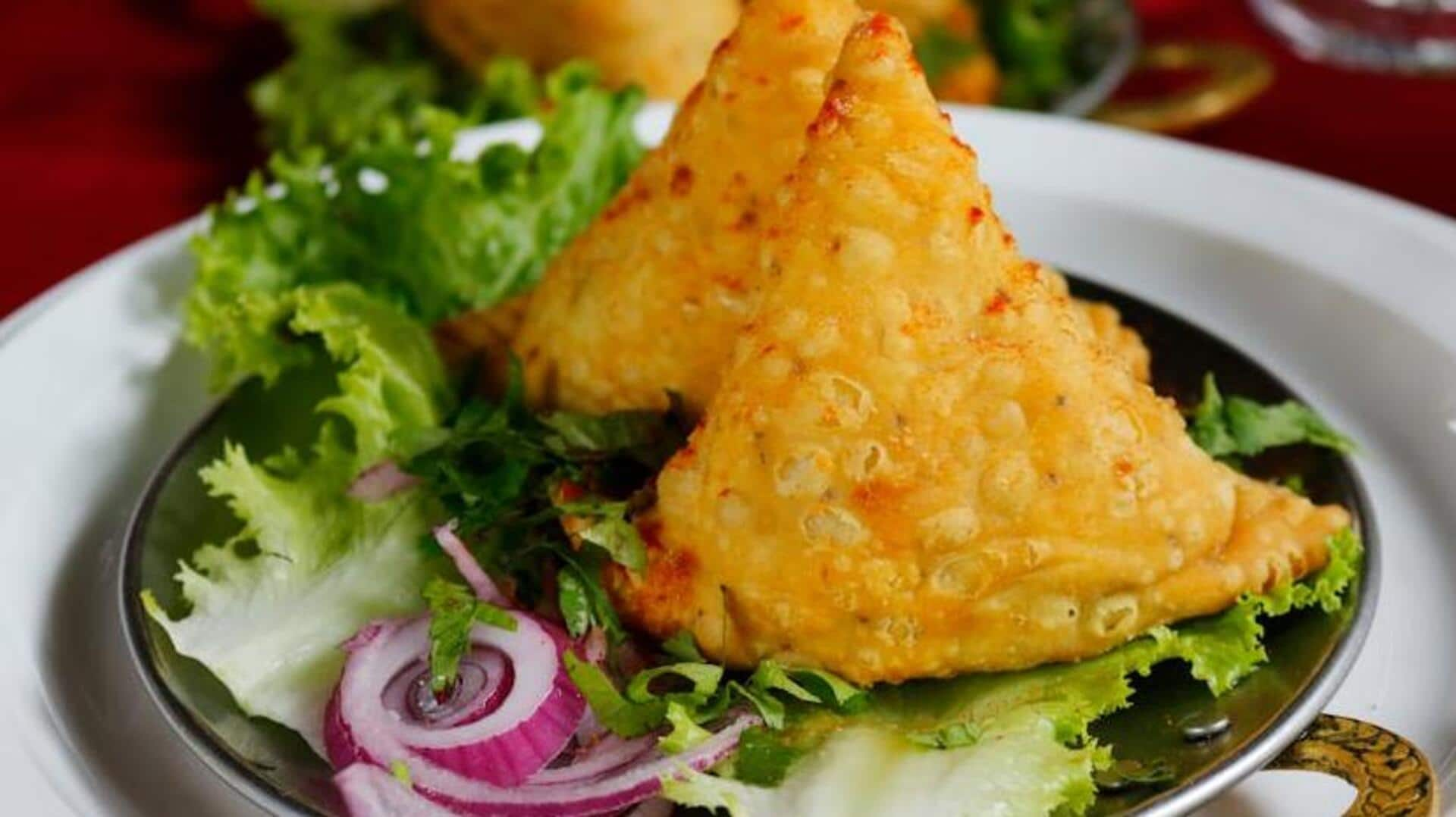
From Persia to street stalls: Tracing samosa's history
What's the story
The samosa, a beloved snack in many parts of the world, has a rich history that dates back centuries. It can be traced back to ancient Persia, where it was called "sanbosag." Over the years, this triangular pastry traversed through trade routes and cultural exchanges, transforming into the delightful treat we know today. The samosa's journey exemplifies the interconnectedness of global cuisines and the timeless romance with simple yet flavorful food.
Cultural exchange
From Persia to India
The samosa traveled to India from Persia during the medieval period. Traders and travelers brought their culinary traditions with them. In India, the samosa was transformed remarkably as local ingredients and spices were used in the stuffing. Not only did this make it more tempting to Indian palates, but it also helped it become a staple in Indian cuisine.
Diverse flavors
Regional variations
As the samosa traveled places, it evolved in shape, taste. In North India, it's mostly filled with spiced potatoes and peas. From South India, you could find lentils or other vegetables in variations. Each region gave its own spin to the recipe, making samosas a diverse representation of local flavors.
Worldwide appeal
Global popularity
Today, the samosa is a global sensation, far removed from its native roots. It occupies a place in restaurants and street stalls across the world. Its adaptability (in terms of fillings and spices) is limitless, making it the perfect candidate for fusion with other culinary traditions. Be it an appetizer or a snack, the samosa continues to please people with its crispy shell and spicy filling.
Contemporary twists
Modern innovations
In recent years, chefs have been experimenting modern twists on traditional samosas by adding new ingredients—like cheese or chocolate for dessert versions or alternative flours for gluten-free ones. These innovations showcase how this age-old dish continues to evolve while staying true to its core identity—a testament to both tradition and creativity within culinary arts.